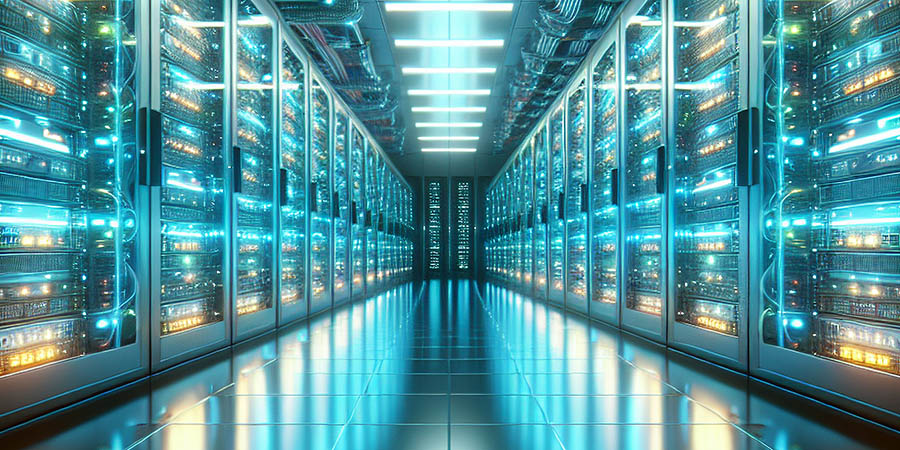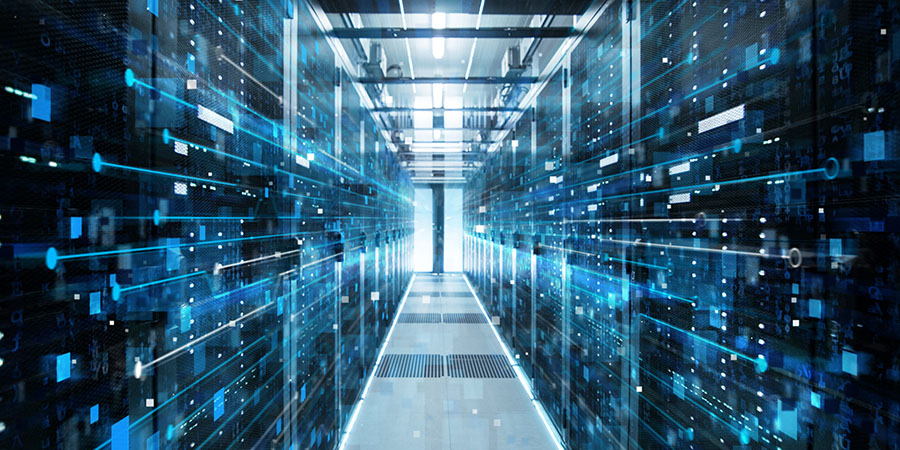On the first day of HUAWEI CONNECT 2022, Huawei, together with partners and representatives from public and private organizations, held a session exploring how technology is vital to building a sustainable and inclusive world envisioned by the UN Sustainable Development Goals (SDGs), with case studies and analyses focusing on the Asia-Pacific region.
In his speech, Jeffrey Zhou, president of Huawei ICT marketing, said, “More and more governments and organizations are beginning to recognize the enabling role of technology in accelerating the achievement of SDGs goals. Under Huawei’s vision and mission, we launched the TECH4ALL digital inclusion initiative in 2019 and with global partners’ programs and projects are ongoing in different countries.”
Richard Mahony, global VP of Informa Tech, shared how the traditional method of maintaining sustainability is not working and that technology-based solutions are now needed as an accelerator.
As one of the most populous and diverse regions in the world, Asia Pacific is also set to be the fastest-growing economy across the globe, with COVID-19 accelerating digital transformation in Asia-Pacific faster than the global average.
A representative speaker from UNESCO gave an overview of the objectives of the 17 SDGs and approaches to achieving them by the set goal of 2030.
“While it is fundamentally up to governments to implement the SDG agenda, the simple fact is that it will not be realized without the private sector,” said Mohamad Djelid, director of UNESCO Office in Jakarta, Indonesia. “We all have a role to play in achieving the ambitious, but necessary, Sustainable Development Agenda by 2030.”
One of the focuses of the session was digital inclusion. While the digital divide is gradually shrinking, ITU recently reported that 2.7 billion people in the world still remain offline. Too many people remain unable to access the digital tools that are necessary in today’s increasingly digital world, owing to a lack of network connectivity, digital skills, affordable devices, or a combination of these factors.
“No one should be left offline,” said Atsuko Okuda, director of the ITU Regional Office for Asia and the Pacific. “Digital technology and ICT development can accelerate the achievement of the SDGs.”
David Lu, president of Asia Pacific Strategy & Marketing Department, Huawei, introduced the latest progress and the role of ICT in TECH4ALL projects globally, and especially in Asia Pacific, including the Digital Bus in Thailand, which is bringing connectivity and digital skills to rural children; the Digital Village program in Indonesia, which is providing affordable connectivity to rural communities via the RuralStar solution; and the introduction of remote 5G-powered healthcare for rural communities and information accessibility solutions for the elderly in Thailand.
Lu mentioned, that through collaboration between technology companies and global organizations, the future for Asia Pacific will be bright and sustainable, achieving the goal of leaving no one behind.
The session also covered how technology can boost nature conservation. Shawn Tan, Vice President of the leading green energy solutions provider, Sunseap, shared how the Singaporean company expects to offset 4,000 tons of CO2 per year with its innovative floating solar farm. The solution, which uses Huawei’s smart PV solution, is deployed offshore in Singapore.
Elsewhere, Malaysia’s Sarawak Forestry Corporation began the first pilot project with Huawei’s TECH4ALL, in collaboration with Sarawak Multimedia Authority, Forest Department Sarawak and Rainforest Connection, designed to protect one of the world’s oldest rainforests at 140 million years old, the Sarawak rainforests.
Huawei is running more than 45 TECH4ALL projects with more than 40 global partners, focusing on equitable and quality education, conserving nature with technology, developing inclusive healthcare and achieving balanced development.







